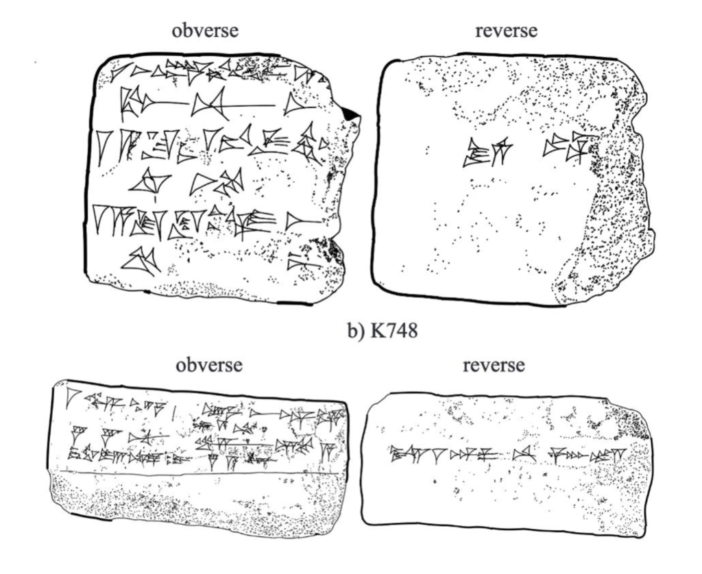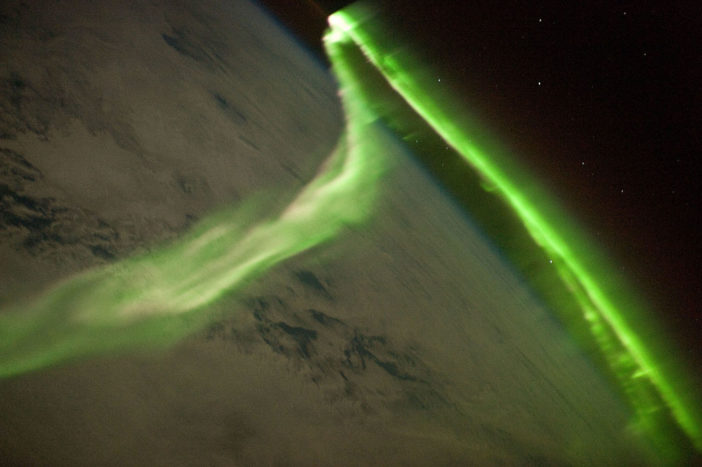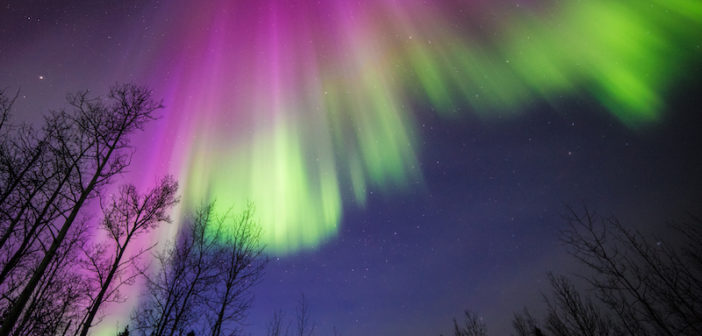Editor’s note: Astrobites is a graduate-student-run organization that digests astrophysical literature for undergraduate students. As part of the partnership between the AAS and astrobites, we occasionally repost astrobites content here at AAS Nova. We hope you enjoy this post from astrobites; the original can be viewed at astrobites.org.
Title: The Earliest Candidates of Auroral Observations in Assyrian Astrological Reports: Insights on Solar Activity around 660 BCE
Authors: Hisashi Hayakawa, Yasuyuki Mitsuma, Yusuke Ebihara and Fusa Miyake
First Author’s Institution: Osaka University, Japan
Status: Published in ApJL
Humans have always been star-gazers. Since time immemorial we have looked to the heavens and tried to make sense of what we saw there. Thousands of years ago the motions of heavenly bodies and the appearances of comets and meteors were believed to be omens that determined the fates of kings and predicted the downfall of empires. Official court astrologers were employed to read these portents in the sky and divine their (hopefully favourable) meanings.
Many of these ancient observations of celestial events still survive as written records in the form of cuneiform tablets inscribed over two millennia ago. Cuneiform was one of the earliest systems of writing and was typically inscribed on rectangular clay tablets using a blunt reed to produce wedge-shaped marks. Cuneiform tablets have been discovered at archaeological sites all across the Near and Middle East, such as at the ancient Assyrian city of Ninevah (modern-day northern Iraq) — once the largest city in the world. They were used for almost everything, including recording celestial events, documenting laws and religious beliefs, and even for entire literary works — such as the famous Epic of Gilgamesh.

Figure 1: Y. Mitsuma’s tracings of the photographs of cuneiform tablets taken by H. Hayakawa. These cuneiform tablets are preserved in the British Museum. [Mitsuma et al. 2019]
A team led by Hisashi Hayakawa, a researcher at Osaka University and the lead author of today’s paper, carried out a survey of tablets dating from the 8th and 7th centuries B.C. looking for references to aurorae, that might match evidence inferred from tree ring samples. Tree rings store information on the environmental conditions present at the time of their formation — and during periods of strong solar activity, they show enhanced concentrations of the radioactive isotope carbon-14, produced when high-energy particles interact with nitrogen atoms in the atmosphere. Studies of tree-ring samples from around 660 B.C. have been shown to contain elevated carbon-14 levels, and the researchers wondered if they could find any historical references to match this inferred spike in solar activity.

Aurora during a geomagnetic storm that was most likely caused by a coronal mass ejection, taken from the International Space Station. [ISS Expedition 23 crew]
Although we typically think of aurorae as being a northern-latitude (or southern in the case of the Aurora Australis) phenomenon, this has not always been true. Over time the Earth’s geomagnetic poles shift due to changes in the Earth’s magnetic field, and thousands of years ago the north pole would have been located much closer to the Middle East. Furthermore, strong solar activity, such as coronal mass ejections, can cause aurorae to become visible at much more southernly latitudes. It is therefore quite likely that aurorae would have been visible in the region of these observations during this time period.
These findings constitute the oldest-known written evidence of candidate aurorae and potentially extend the history of the Sun’s activity nearly a century beyond previous records. They could also help us to predict future solar storms, which have the capability of interrupting sensitive electronics on Earth and damaging satellites and spacecraft.
About the author, Jamie Wilson:
Jamie is a graduate student at the Astrophysics Research Centre at Queen’s University Belfast.

1 Comment
Pingback: 粘土板に記述されたのは最古のオーロラ? くさび形文字から読み取られた記録 - sorae 宇宙へのポータルサイト